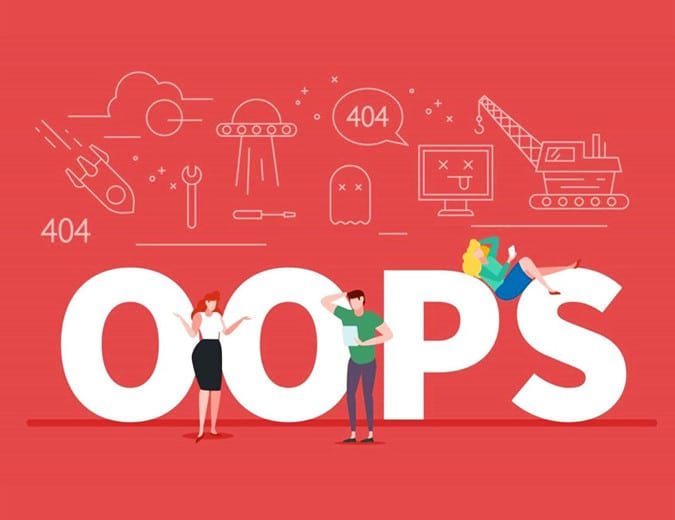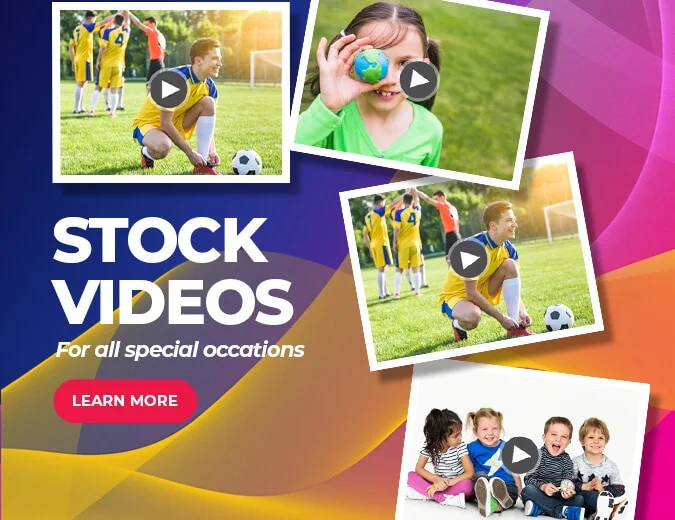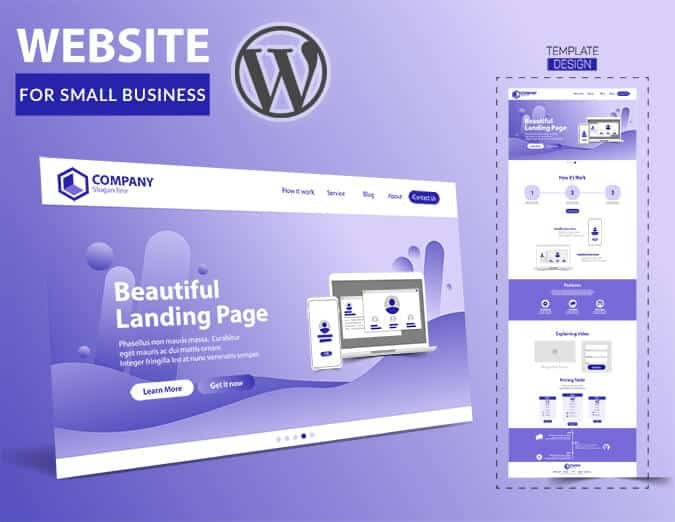Design Mistakes in Ecommerce you should Avoid
We all have come across some website, application or webpage which left us confused and frustrated all at the same time! As website developers, UX design mistakes can lead to these disgusting webpage designs. E-commerce is one of the most defining trends of the 21st century. Amazon, Flipkart, eBay are some of the giants when it comes to online stores and is also the most successful e-commerce websites. E-Commerce sites are one of the best places that serve you to buy or sell any services. However, in a website of any shape or size, web design plays a pivotal role.

It decides whether your idea is innovative and trend-setting and whether or not can survive in the harsh world of eCommerce.
These days multiple E-commerce websites are sprouting across the web. The ease with which a motivated entrepreneur can accomplish his dream of selling his merchandise has allowed the industry to augment exponentially. Although there have been many meshes with multiple start-ups failing to create any revenue and subsequently shutting shop, there’s no looking back for the e-commerce stores online.
Designing UI/UX involves a problem-solving approach particular to the design, and it consists of assessing known features of a problem and identifying the ambiguous factors that subscribe to the provisions of a problem. Failing early in the test group and environment is the easiest way to achieve the requisite design for user interface and user experience (UI) and (UX).
Two Main Ways to Understand Whether the UI/UX Design is Damaging Your E-commerce Business Includes
- High Bounce Rate – Bounce rate means the rate of visitors to a particular website who steer away from the site after seeing only one page. A high bounce rate means that customers are not finding what they want or need when they hit product pages on your website. According to Conversion Voodoo, a standard bounce rate is about 33% for e-commerce sites. They suggest scoring highly detailed product descriptions with lots of information to keep customers engaged.
- Shopping Cart Abandonment – Buyers place an item in their shopping cart, but then they drop without completing the checkout process. This is a common, but a troubling issue for online retailers.
Wrong Imagery, Layout, and Visual Style
A visitor makes a first impression of a business within seconds of switching to its website. A cluttered, gaudy, and loud webpage is not always inviting. Subpar photos, lacklustre value proposition, and an outmoded brand can append to an already negative impression.
Fortunately, the most apparent deficiencies are also among the easiest to reprimand. If you can’t entirely overhaul the website, you should pay attention to these things first. Small and incremental improvements may boost conversion rates without most visitors even mentioning the changes. Every picture, every pixel, every shade, and each of the words matter. De-cluttering elevates the look and usability of a webpage, but excessive white space can make it feel too longspun.
One thing is for sure that stock images don’t engage with anyone. They absorb the precious space of an online store but fails to showcase your products or say anything unique about your business. Looking careless, they can overthrow an otherwise excellent design and damage the outlook of your market.
Talking about corporate identity, an elegant logo is more than a homepage element. Like the whole website, it must evoke a triumphant, professional feel. Your logo and company name should not only reflect what you’re selling presently but also your future opportunities.
It takes just milliseconds for a standard online surfer to decide whether to stay or leave on your site, so don’t waste the ‘above-the-fold’ space of the homepage. You won’t keep such quick visitors unless you have a killer value proposition. The headline needs to be precise, sharp and concise.
A small, mute yet impressive autoplaying video is indeed more effective. If you abandon to highlight discounts, newly branded goods or exclusive deals immediately, you risk squandering the interest of both recurring and new online shoppers. It’s suggested to place eye-catching offers or news of a sales period on the upper part of a homepage. And it is almost imperative to emphasize free shipping or other similar enticements if you have them.
Faulty Navigation and Shopping Process
If a visually appealing online store fails to sell, it can be the liability of a poor user experience (UX) design. Don’t expect visitors to have tons of time to spend on a website that fails to offer excitement or sooth navigation. People shouldn’t be demanded to guess about what to do subsequently but must be automatically be directed to the immediate step. Decrease the number of scrolls and clicks required to purchase on your online store. Nothing should distract a buyer from shopping and buying. It’s a blunder to make guests search for exclusive deals and hot prices.
Neither should a quest for items take a long time. Invest time and money into an exceptional search experience for your users on the store. If your online store suggests a wide range of products, a notable search box is essential. The search should give an optimal number of bright and easy-to-read results (recognise using product image thumbnails for that).
Test the placement, fonts, size and colors of your search box: all of them can influence the user experience. Also, don’t neglect to design a distinctive marker to add to product images when an item is out of stock. Blank pages with ‘Page Not Found’ or ‘No Results’ will stall the visitors’ buying and may turn them away for good. Instead, recommend choices to the visitor’s search and ingenious design helps to direct them where you need to. Amazon’s solution is appealing, but you should know the target audience to find your own answers.
If the buyer meets an overwhelming number of alternatives, they still may leave as well. Usually, it’s not fitting to provide a choice of more than fifteen links to click on a webpage. Equally frustrating is the want to view different products’ pages to count each one’s pros and cons. Instead, let the visitors review the products they like and provide a cleverly designed page where they can compare the checked items.
A complicated shopping process and smutty surprises during checkout cost retailers thousands of bucks annually. The purchase process should be presented clearly in an easy to understand format. All return and exchange policies, shipping, customer support guidelines, ought to be joined on your homepage.
A few things upset online shoppers more than perceiving unexpectedly high shipping costs or the disability to use a particular payment method immediately before they are about to make a purchase. Present acceptable credit cards or other payment options, delivery charges, shipping costs, and additional information in sight on the home as well as the product pages.
Many e-commerce stores make a serious mistake by continuously urging new visitors for registration. Customers who just one product may be unwilling to sign up. Another mistake is to bewilder someone close to registering with a vast form. Make sure the signup process is easy, errorless, and takes no longer than 20 seconds to close.
Not Mobile-Friendly
Are you aware that the average smartphone conversion rates of e-commerce websites are higher than those of desktops’? If you are not designing for mobile users, you are missing at least 50% of the conversion of your website.
If your online store is user-friendly and well-optimized still not enough to increase sales, a brand new mobile shopping application can do the trick. It will help you approach a new audience or augment the user experience for the most mobile-centric groups.
Bottom Line
We don’t mean that a faulty homepage will sink your ship; however, the chances are high that it will lead to a dissatisfying result. Usually, it’s more complex e-commerce mistakes that can behold culprit. Still, it is always more reliable to curb the rigging before it’s too late. Can your product page be more skilled at converting leads which you strived so arduous to bring there? Is there something upsetting the sales process? Does the website provide a sooth shopping encounter? Contact Anblik Web Design Company to find out how to make your site reach the top of the game.










